Museums in Hue that you shouldn't miss
Coming to Hue, you visit a land full of cultural values displayed across the city. The city itself is a vast and lively museum to visit. However, if you expect a guide to the museums like others in typical definition, the five bellowed are worth your visit.
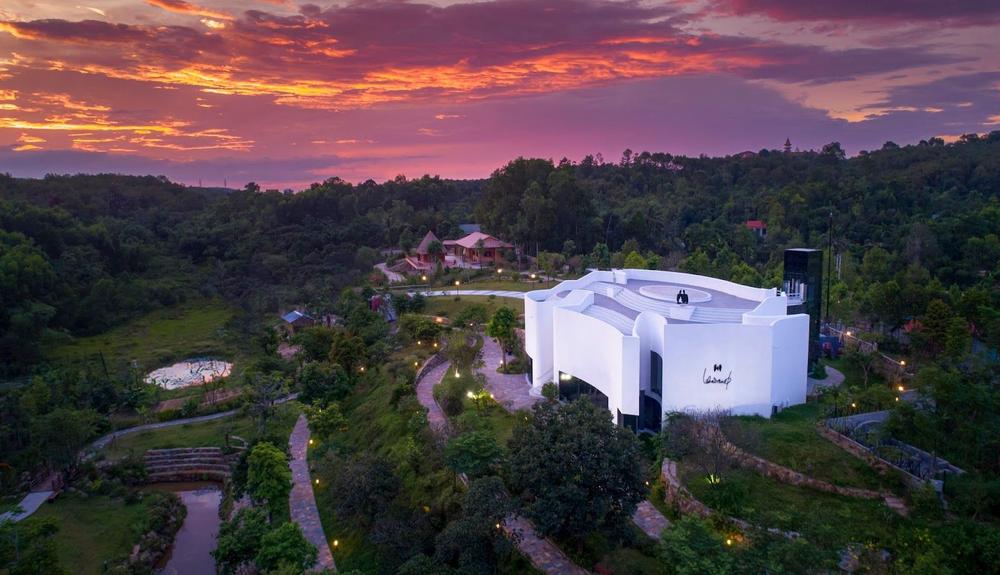
Hue was the destined land for the last dynasty, The Nguyen, for nearly one century and a half (from 1802-1945). If you wonder why the emperor chose this land to be the capital, you can find it clarified in an entire book. However, they picked the land based on its unique geographical and natural features.
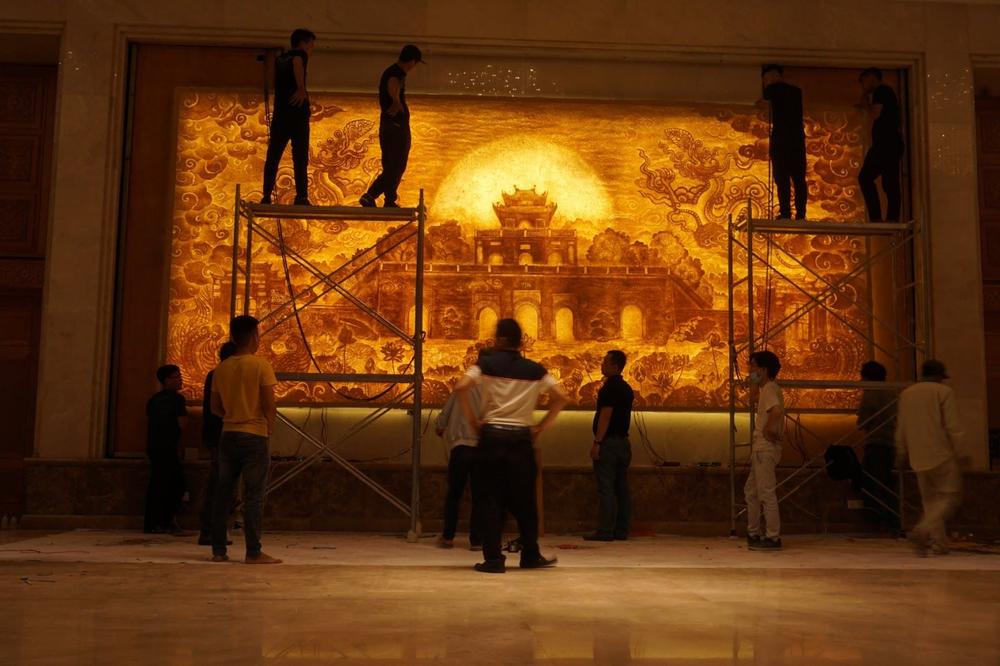
The Ngu Binh Mountain (or the Royal Screen) and the Huong River (Perfume River) run through the capital, making it an essential Feng Shui spot alongside poetic natural scenery. Furthermore, Hue's located in the center of the country, which makes it a geographical convenience to travel up north or down south. Thus, under Nguyen, Hue's cultural and spiritual life thrived at its utmost glory.
The generations of emperors had gathered the most talented people in all aspects to make Hue a thriving center of the country. That is why there are still many tangible and intangible heritages in Hue to be discovered, learned, and developed.
Hue Royal Antiquities Museum and the Purple Forbidden City
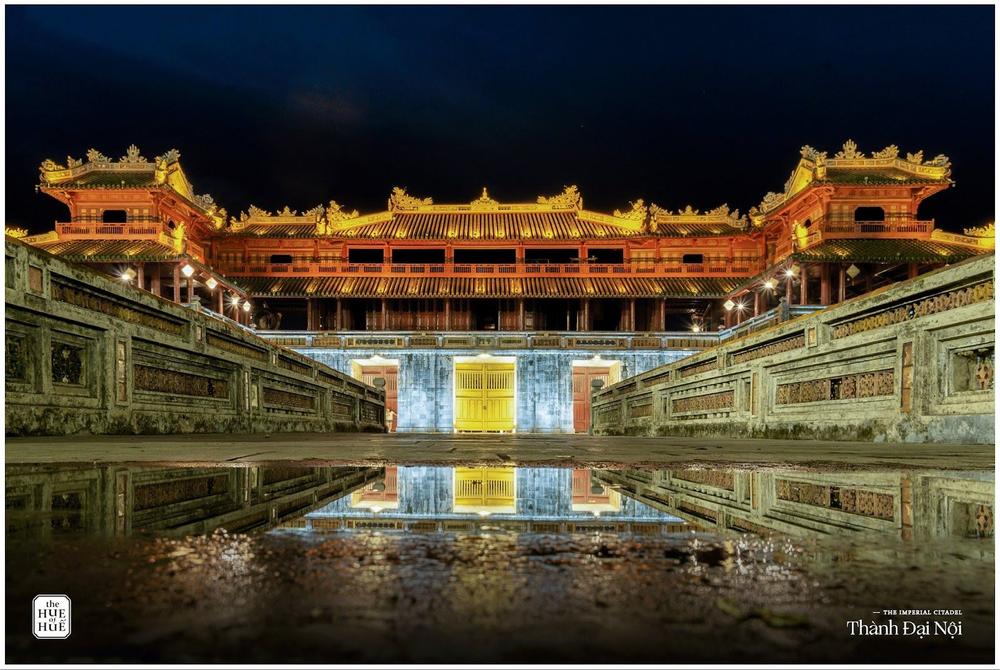
It will take a whole day to finish the tour, but promise, there are many things to discover. The giant museum to visit is the Purple Forbidden City. The Purple Forbidden City is the smallest area within the complex of the Imperial City, which was strictly for the use of the royal family, the emperor's mistresses, and servants. This vast area coved around 520 hectares in a square shape with 0,72 meter thick walls surrounded.
There are about 50 buildings which are private places, meeting palaces, concubines' palaces, worship spaces, entertainment buildings, gardens, and tea houses. Those zones and their intricate architecture, Fengshui design, and invaluable interiors are the vast museum for your cultural exploration. Note that the Hallway of the Forbidden City (aka 'Truong Lang' in Vietnamese) contains 23 corridors with a total length of 903 meters. This hallway, today, is also the exhibition of hundreds of documentary images and poems of King Minh Mang.
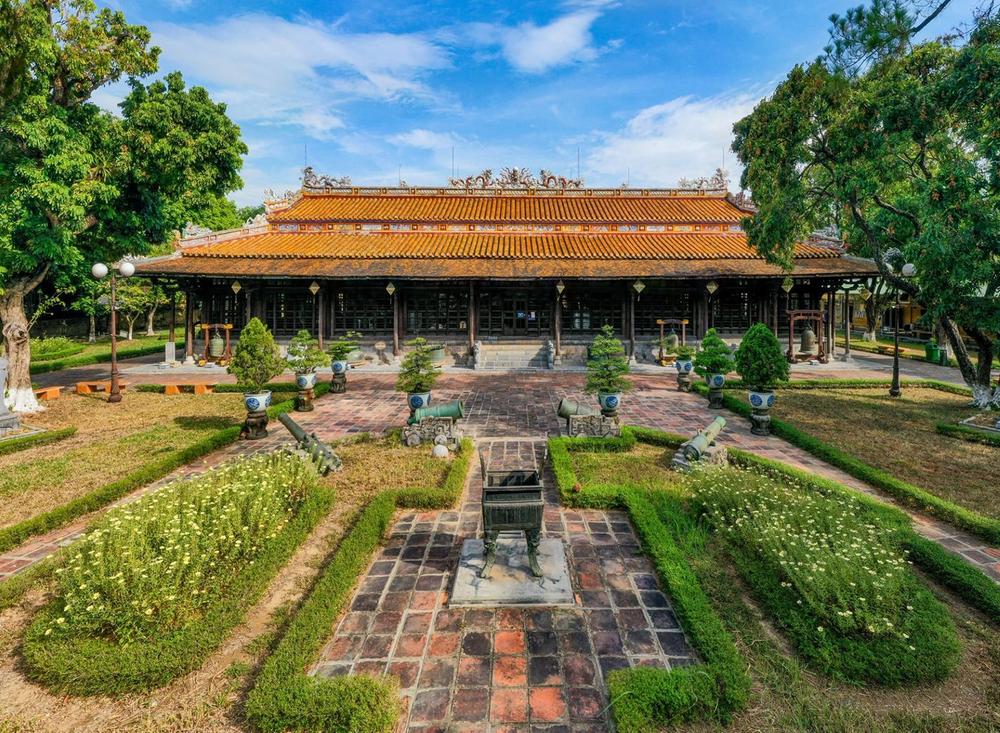
But if you want someplace with less effort and time to visit, check out the Hue Royal Antiquities Museum outside the Forbidden City. It was founded in 1923 and was once named Musée Khai Dinh as one of the very first museums in the country. In this space are royal antiques, including ivory pieces, golden jewels, golden seals, gilded boxes, books, silver screens, royal urns, porcelain, royal attires, precious royal beds, and musical instruments used in offering rituals.
Ticket price & how to get there
- Address: 03 Le Truc, Hue City
- Opening hour: 7 a.m - 5:30 p.m everyday
- Ticket price:
- Entry ticket to the Museum is not sold separately, but are included in the entry ticket to the Imperial Citadel:
- Royal Palace + Forbidden City + Royal Antiquities Museum: 200.000 VND/person
Le Ba Dang Art Museum & Le Ba Dang Memory Space
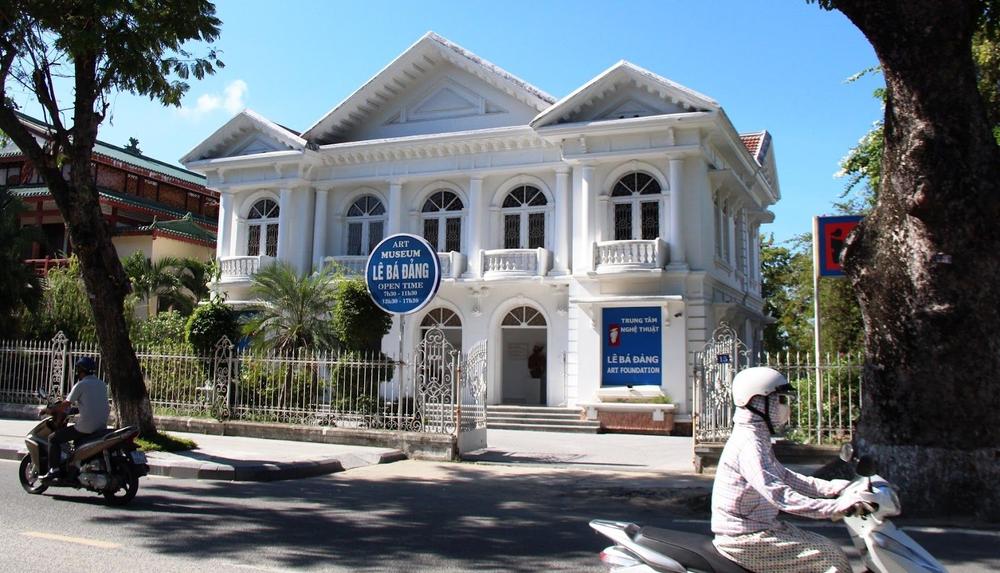
Le Ba Dang is a famous Vietnamese-born French artist representing the modern art fusion between the East and the West. His works often are lithographs, mixed paintings of molded pasteboards, limestone, and pigments on burlap/canvas. His artworks have distinct symbolic implications, which often come in the forms of horses, floral imagery, and Vietnam rural areas. Those symbols are usually in between abstraction and representation of a muted background.
He was born at Bich La Dong, a small village beside the Huong River (near Hue), then immigrated to Paris in 1939 and was captured in a prison camp. After being released, he studied at the Ecole des Beaux-Arts in Paris. His works are currently exhibited in the Cincinnati Museum of Art, the Rockefeller Collection in New York, the Phoenix Museum of Art, etc.
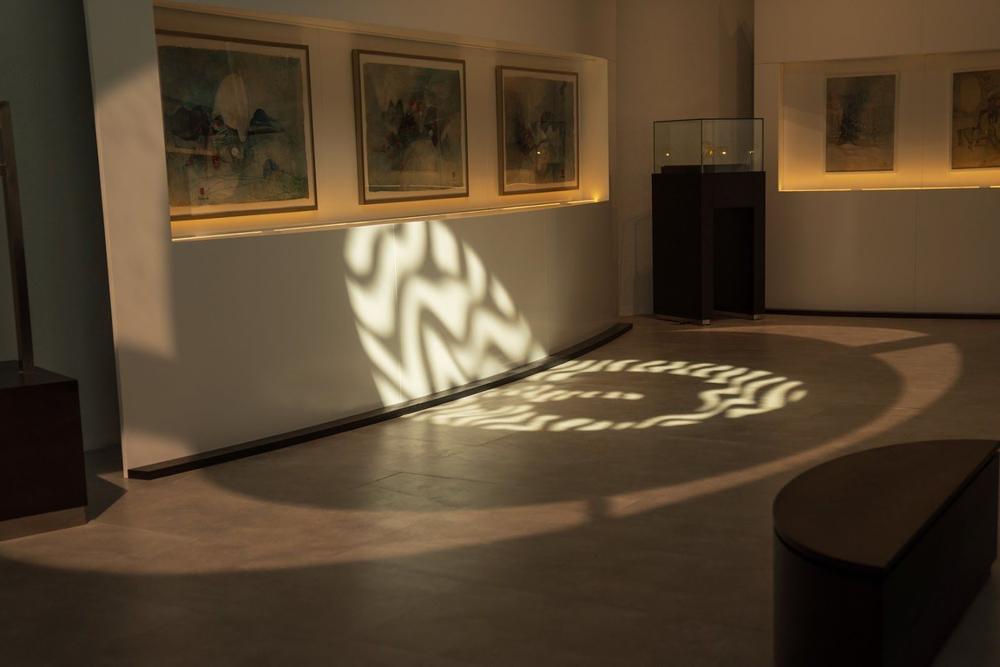
The Le Ba Dang Art Museum held his artworks, including prints, lithographs, and sculptures. His pieces illustrate the bounded between man and nature. The demonstrative space is located in an old colonial French building next to the Huong River in the city center.
Then he has a shift in style into a more lucid one. His art became more dramatic and dynamic via the visible human face figures. The scenes of mountains and oceans in his paintings were illustrated from the view of someone looking down from the sky.
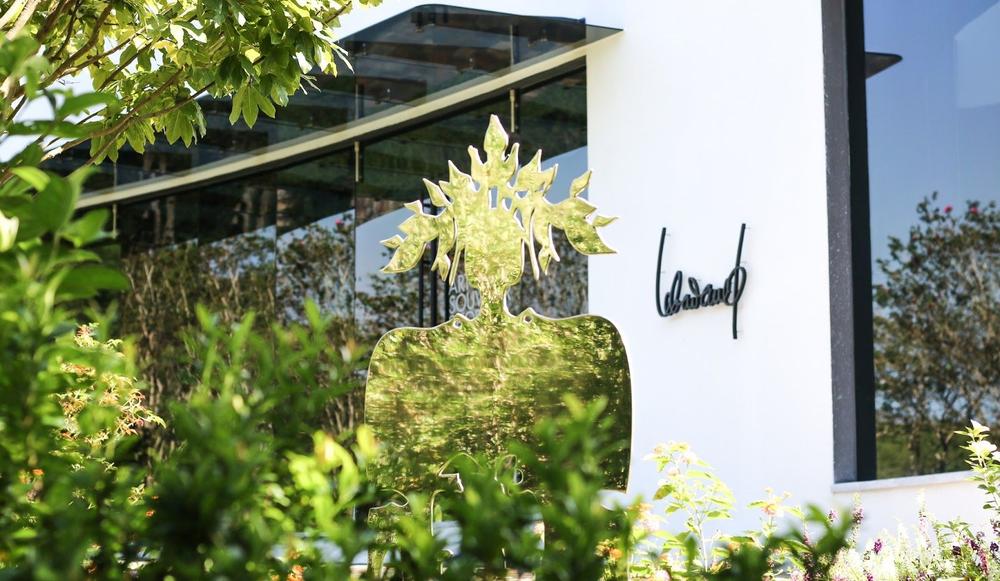
The Le Ba Dang Memory space, located in Thuy Bang commune, 10km from Hue city, is a white building with unusual architecture, revised from Le Ba Dang's design of his dream space while in French. The room, from the gate to the garden and inhouse area, demonstrates his spirit and replications of his original works.
Installed with 50 meter- long force-bearing glass for the underground hall, the unique space was constructed for personal-life exhibiting, which contains photos of Le Ba Dang's life, career, and art. It's a space to take a walk with your art friends, seeing the nostalgic world painted by Le Ba Dang. The place also offers a cafe and restaurant corner.
Ticket price & how to get there
Le Ba Dang Art Museum:
- Opening hours: 7:30 AM - 11:30 AM & 1 PM - 5 PM | closed on Monday.
- Address: 15 Lê Lợi, Vĩnh Ninh, Thành phố Huế, Thừa Thiên Huế
- Tel: 0234 3837 411
- Ticket price: 30.000 VND/pax
Le Ba Dang Memory Space
- Opening hour: Tue - Sun: 8 a.m– 12 p.m & 2 p.m – 6 p.m | closed on Monday.
- Address: Kim Son hamlet, Thuy Bang Commune, Huong Thuy Town, Thua Thien Hue Province.
- Ticket price: 269.000 VND/pax
- For group:
- From 10-30 people: 230.000 VND/pax
- Above 30 people: 210.000 VND/pax
- For local people 150.000 VND/pax
- Tel: +84 234 627 4771
Diem Phung Thi Art Museum
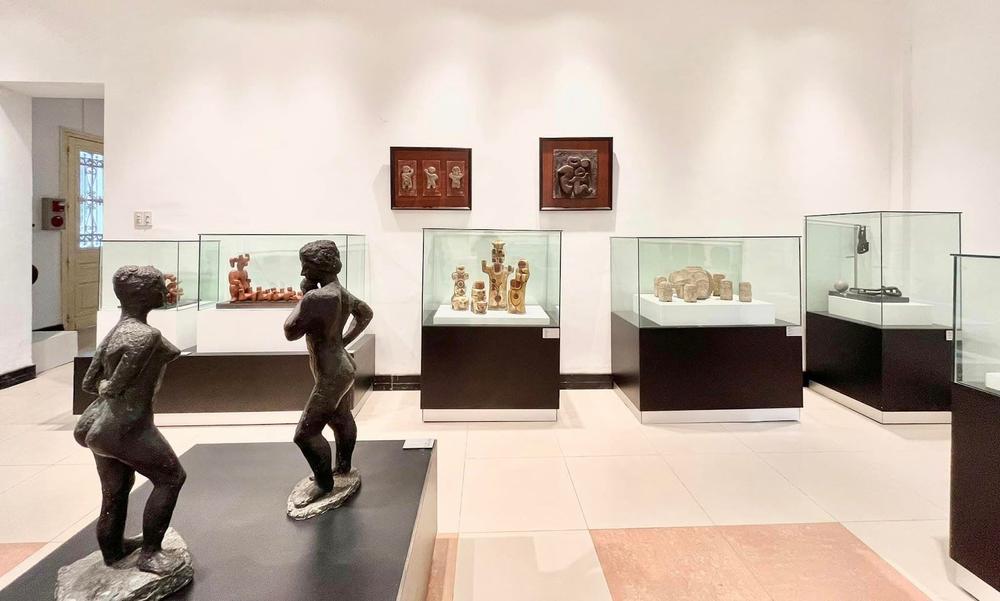
Both Diem Phung Thi Art Foundation and Le Ba Dang Museum belong to the series of exhibitions under the spaces of Hue Fine Art Center located at 17 Le Loi, right next to the Huong River in the city center.
The building was erected in 1940, among 27 French architectural sites on the preservation list. Diem Phung Thi is preserving 367 artworks in diverse genres and materials. The sculptures made by Diem Phum Thi gradually became the representation of Hue's people.
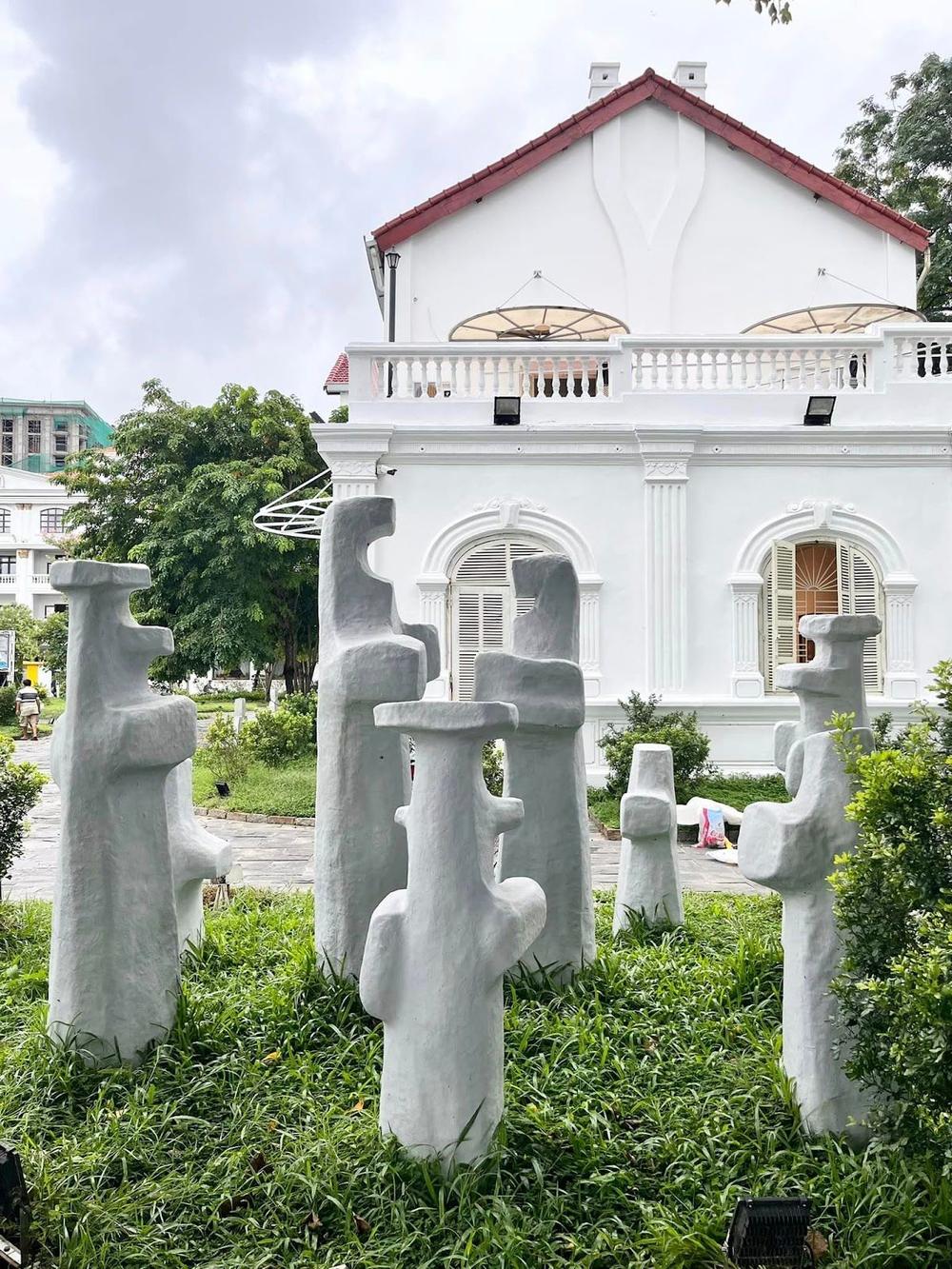
Diem Phung Thi is a Vietnamese modernist sculptor. She is considered "one of the masters of modern Vietnamese art.” She was born in Hue, initially studied dentistry, and graduated from Hanoi Medical University before moving to French to acquire a doctorate in dental surgery.
After that, she had a deep interest in sculpture and gained recognition in both Vietnam and Europe. As she had always wanted to contribute to her homeland, Diem Phung Thi brought her works to exhibit in Hue and shared them with Hue's public.

There is both indoor and outdoor exhibition. The indoor space is 400m2 in size with nearly 120 artworks in different themes such as Lady, War, Mother and Children, Onyx, etc. During the first period, the harmonious and sexy female body with Eastern mystic is the central theme of her work.
She used round shapes and sophisticated symbolic shapes and lines to express women's desire to have a happy life. She didn't have any models for her sculptures. Later, the style shifted to more classic and muscular shapes, with alphabet letters assembling to form the new artworks. The third shift is when she created sculptures by arranging cubes. The arrangement could be from seven distinct geometric modules.
Photos and documents about her personal life and the tools she used in crafting her works are also displayed in the colonial house. Outdoor space coved an area of 1500m2 by demonstrating 15 artworks blending harmony with the lawn and trees.
Ticket price & How to get there
- Address: 17 Le Loi street, Hue city, Thua Thien Hue province, Viet Nam.
- Opening hours: 7:30 AM – 11:30 AM & 1:00 PM – 5:00 PM | Closed on Monday.
- Tel: +84 234 3823257
- Ticket prices: 30.000đ/adult; 20.000đ/child (from 6 to 16 years old)
Truc Chi Art Gallery
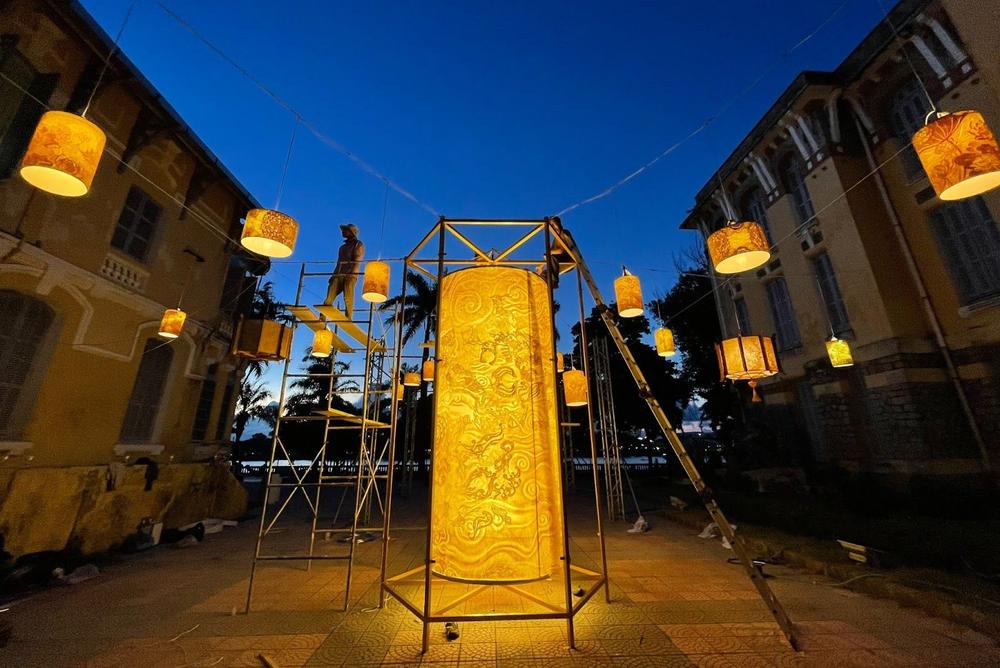
The work of artist Pham Hai bang on the project called 'Study on paper making from local materials, in applying in teaching, learning, and art' with his colleagues in 2011, thus resulted in Truc Chi Art. The art form has been explored in two directions: visual art and applied art.
Within the name, 'Truc' means Bamboo, and 'Chi' means paper. As Bamboo is a cultural symbol of Vietnam, the art of Truc Chi also explores other local ingredients, including rice straw, banana, corn, pineapple, sugarcane, leaves, grass, water ferns, etc.
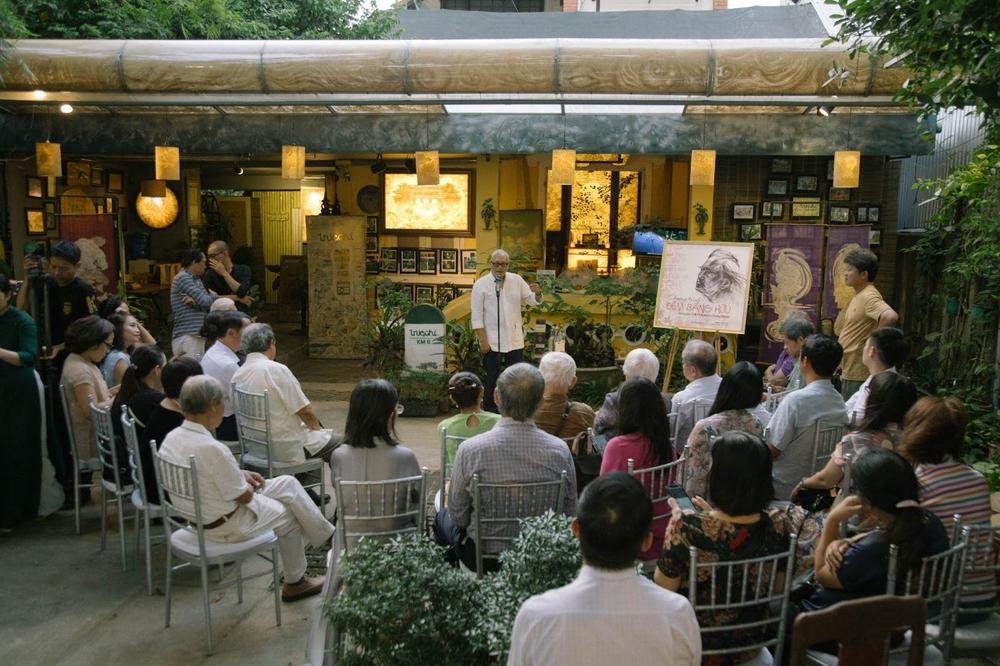
There are two stages in the making process. The first resembles traditional paper making, where the raw materials are soaked, boiled, grounded, and once pounded into pulp; they are spread on molds. The next stage is incorporating water pressure and the principle of graphic arts. High-pressure water changes the fiber structure, creating a different level of thickness. The artworks slowly start to form from this stage. The craftsman uses a water hose resembling the paintbrush to shape the painting on moist paper.
The variation in paper thickness creates a unique lighting effect; while the thick surface lets less light pass through, the thinner one does the opposite. Thus, Truc Chi is a simple yet sophisticated visual language that bears a lot of cultural metiers within.
Ticket price & How to get there
- Address: 5 Thach Han, Thua Hoa, Hue
- Opening hours: 7:30 AM - 5 PM, Monday to Saturday | closed on Sunday.
- Tel: 0962 901 518
- No entry fee
XQ Hand Embroidery Art Museum

The museum shows the history of the embroidery craft and the talents of local artists. The site is located on the riverside walking street on the bank of the Huong River, which displays nearly 400 pieces of art, artifacts, documents, diverse embroidered works, and thread sculptures. Most demonstrated ones feature still life, floral symbols, philosophy, landscape, and portraits.
The museum also participates in the festival and cultural events; they also host events where visitors can interact and chat with the artisans about their works and see the technique on site.
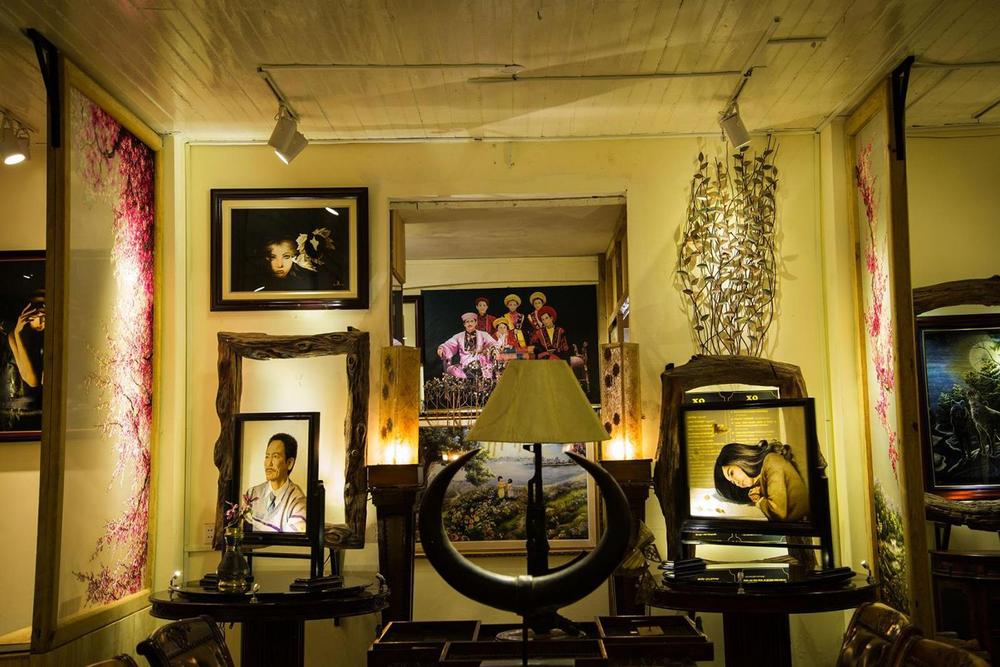
Ticket price & How to get there
- Address: 1 Pham Hong Thai, Vinh Ninh, Hue
- Opening hours: 8 AM - 5 PM everyday
- No entry fee
I hope you will enjoy your art and cultural exploration in the best museums in Hue!
